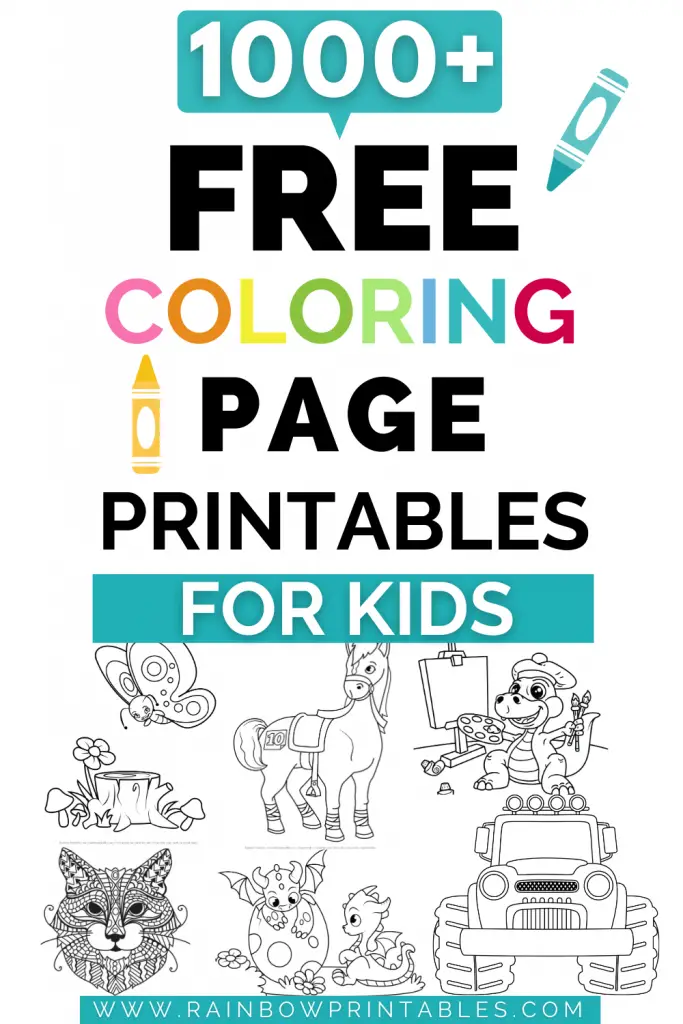Kikidex Magnetic Drawing Board, Toddler Girl Toys for 1-2 Year Old, Doodle Board Pad Learning and Ed...
$20.79 (as of May 28, 2025 22:55 GMT -07:00 - More infoProduct prices and availability are accurate as of the date/time indicated and are subject to change. Any price and availability information displayed on [relevant Amazon Site(s), as applicable] at the time of purchase will apply to the purchase of this product.)If the human body is indeed made up of up to 60% water, I would say at least 5% of my body is comprised of pasta. Pasta is a type of unleavened dough of wheat flour mixed with water or eggs. It is turned into sheets and various shapes then dried (called pasta secca.) Pasta is a staple of Italian cuisine but has become popular worldwide. There are hundreds, even a thousand different pasta although we Americans only know a handful. I went with large flat Fettuccine, elbow macaroni, and classic penne. Let’s draw some pastas!
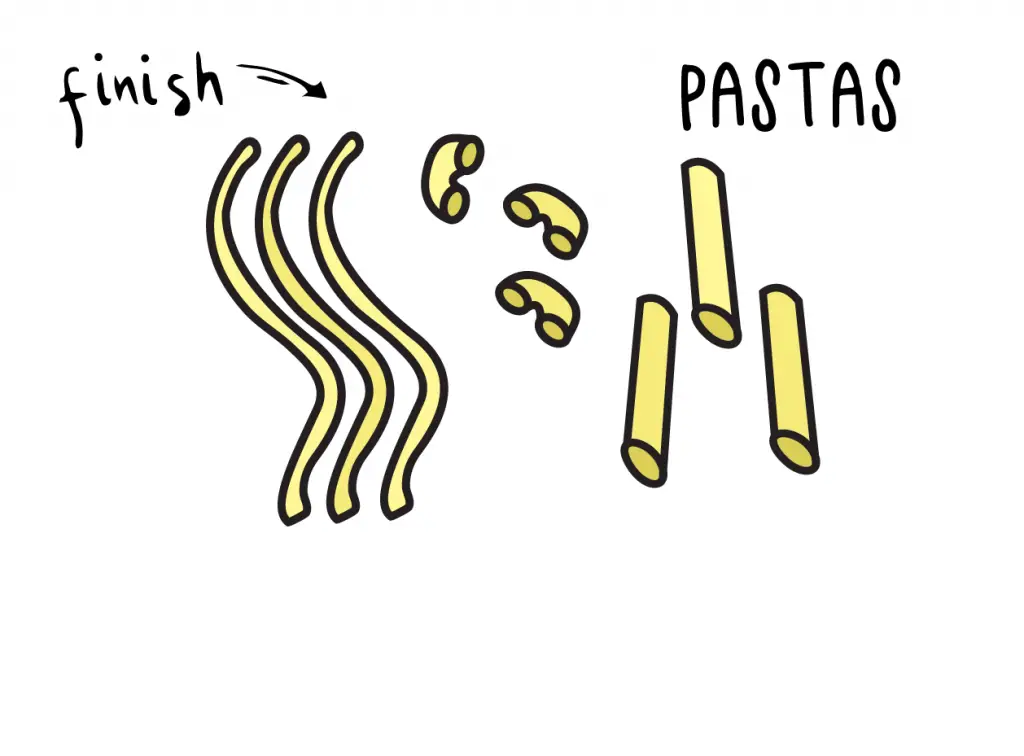
And why not check out our collection of free coloring pages for kids! We update our resources library regularly so feel free to check back as we add more and more content. We’re currently at over 1000+ coloring pages and creating more how-to-draw stuff art tutorials!
Note: This tutorial and our many others are suitable for ages 3 to 10 (preschool and above.)
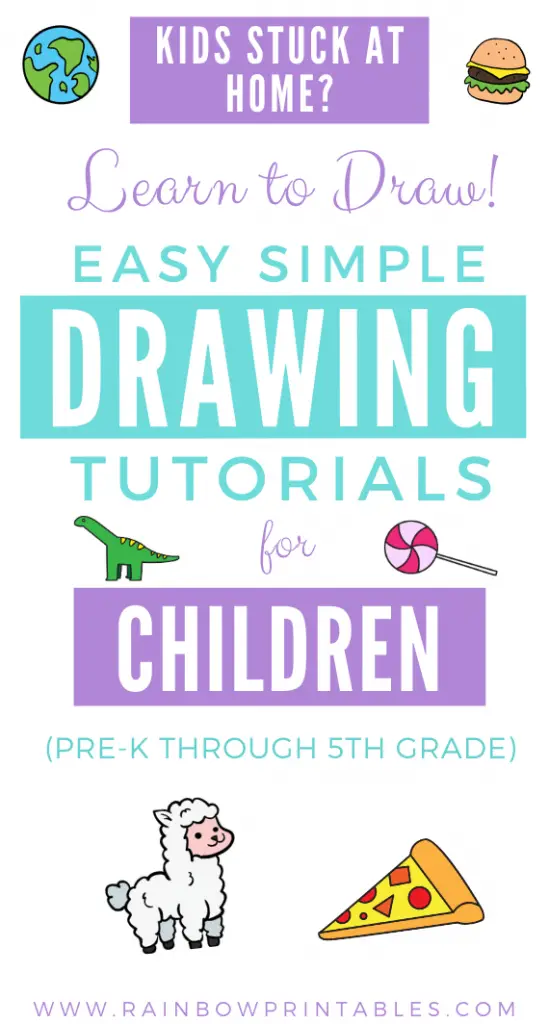
🖍️ Tools For Success
- Paper (Our Free How To Draw Template PDF)
- Pencil
- Polymer Eraser
- Outline Markers
- Coloring Tools (I recommend Crayola’s 140 Piece Coloring Case)
🎨 Parents: The only tools you need to use these how-to-draw tutorials are: an eraser, a pencil, and a piece of paper. But – if you have them around – a sketching pencil makes for fainter and softer lines that help kids build fine motor accuracy. I also recommend going over the sketch pencil with a black outline marker when you’re done for a neater finish. Lastly, erase the pencil marks before adding color.
Learn To Draw Types of Pasta – Drawing Tutorial
~
🔖 See our collection of How-To-Draw tutorial instructions for young kids! Check out our collection of free coloring pages for kids while you’re here too. We’re a group of independent illustrators that create coloring pages, how to draw tutorials, craft printables, and educational worksheets for kids. We update our resource library regularly so feel free to check back as we add more and more content. We’re currently at over 1000+ coloring pages and 500+ how-to-draw stuff guides for kids!
~
🖍️ Tools For Success
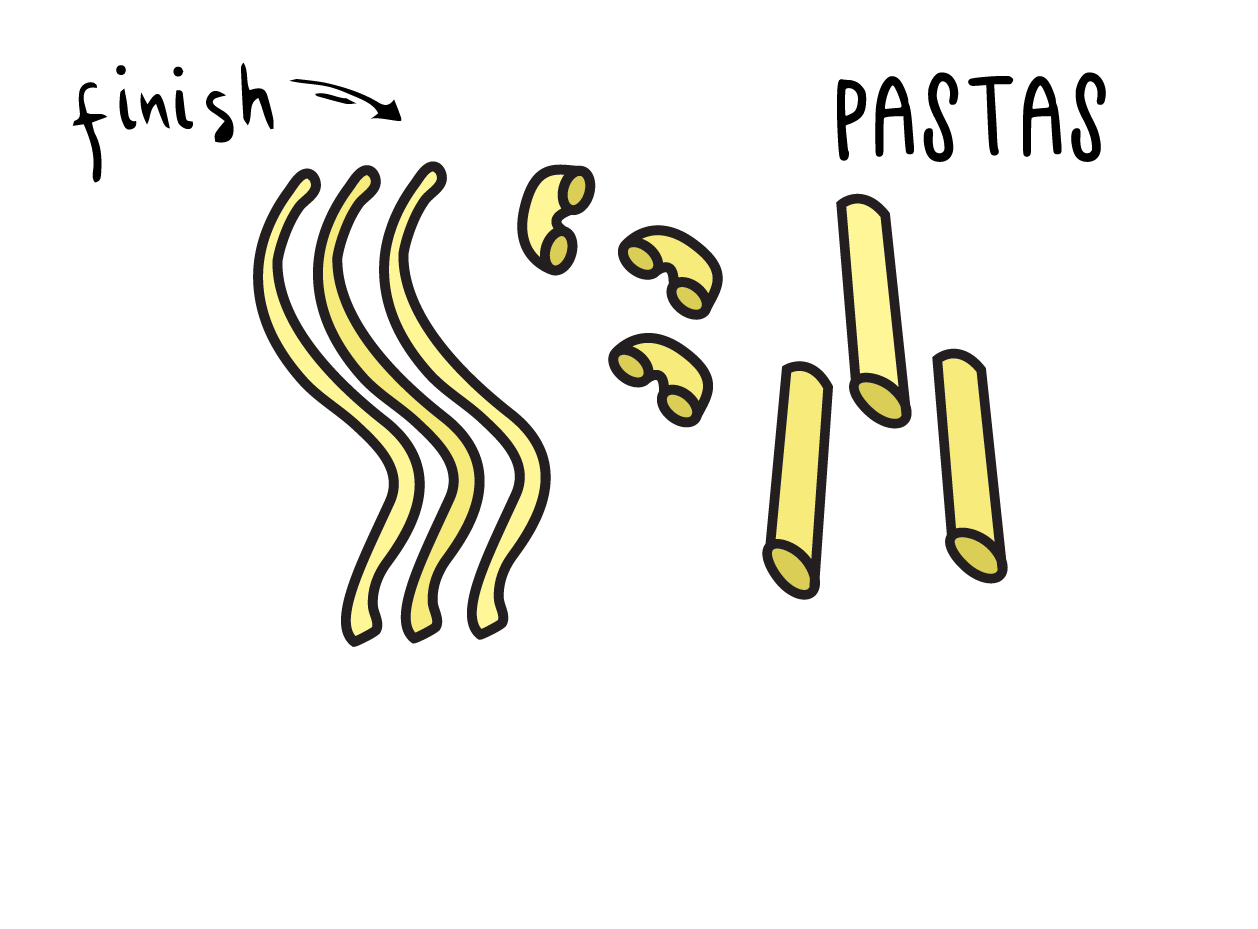
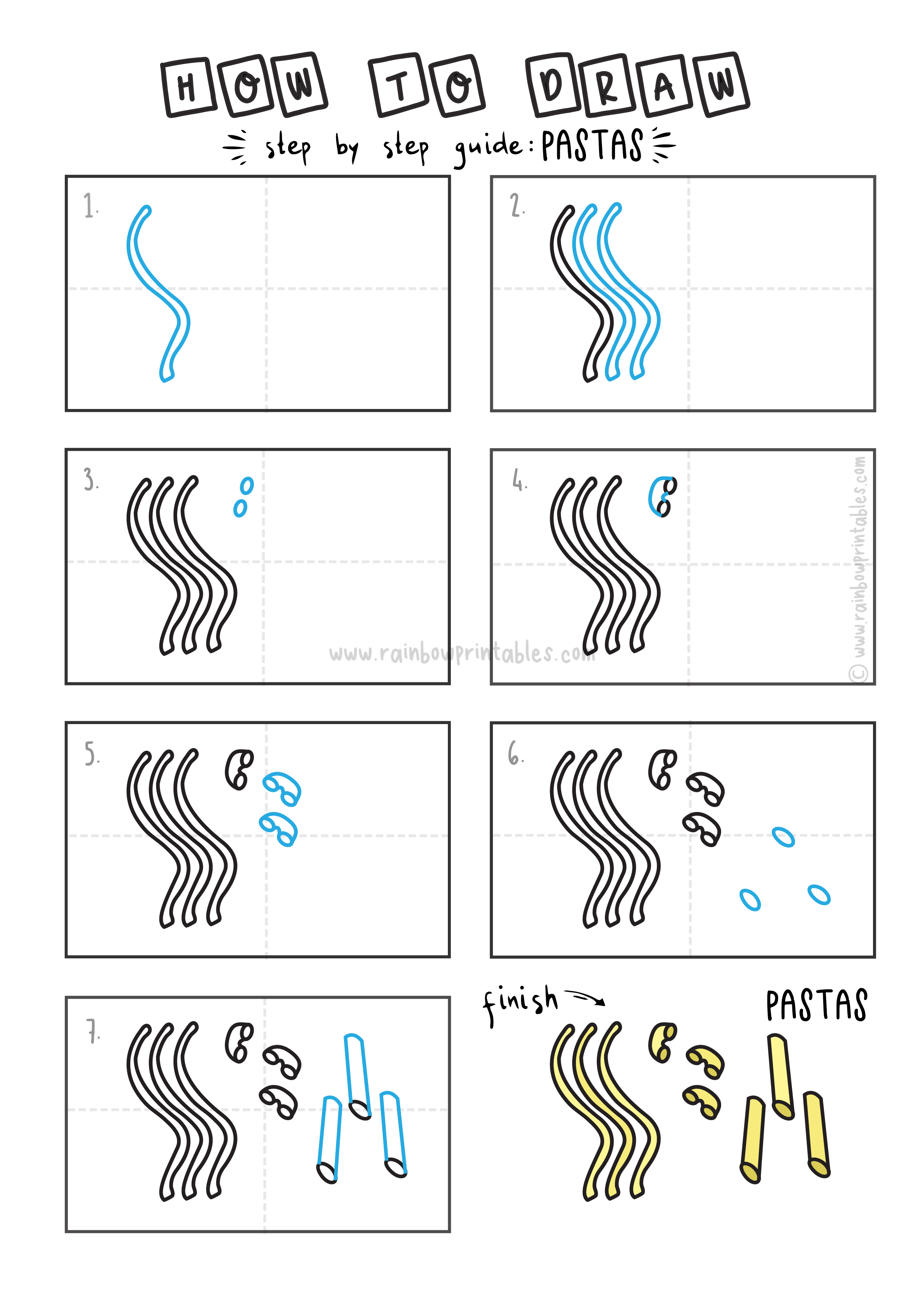
Cool Facts About Pasta
- A type of noodle that is used in cooking is pasta.
- The first reference to pasta was in 1154, in a book. Usually, it is made of durum wheat flour.
- The bulk of pasta falls into two categories: either dried or fresh.
- In Brooklyn, the first pasta factory was constructed in the U.S. A French immigrant (Antoine Zerega) founded Zerega in 1848 and is still making pasta today.
- About 600 forms of pasta exist, and some have more than 1300 names.
- Penna, spaghetti, and macaroni are the three most popular pasta.
- Many forms of pasta are available, such as long pasta, short pasta, minute pasta, egg pasta, fresh pasta, and pasta al forno.
- Eggs are used in fresh egg pasta, which makes it all the more tender when cooking.
- In multiple ways, pasta can be served. Pasta can be mixed with a sauce or a fresh seasoning, it can be added to soups or stews, and it can be baked as well.
- Fresh pasta is also eaten with beef, in dishes such as ravioli.
- Italians eat more than sixty pounds, per person, per year, of pasta.
- 1,432,990 tons of pasta per year are produced by Italy. Annually, it exports 1.7 million tons.
- In the UK, the average price of pasta is 89 pence, which makes it an inexpensive dinner for anyone.
- As it is poor in calorific value and provides diverse nutrients and minerals, pasta has multiple health benefits.
- Dogs and cats has been fed pasta. It is claimed that it makes them grow and helps their coats to be shiny and healthy although it’s not recommended by pet health & diet experts whatsoever.
- A worldwide community that loves eating and debating pasta’s origins is one such member of the Global Pasta Association.
- October is the Month of Pasta!
🖍️ MORE HOW TO DRAW TUTORIALS:
- How To Draw Beautiful Coral Reefs
- How To Draw a Piano
- How to Draw a Christmas Holiday Elf
- How To Draw a Viking
- How to Draw a Hummingbird
- How to Draw a Drum Set
- How to Draw a Police Officer
- How to Draw Lace
- How to Draw a Guitar
- How to Draw a Husky Dog
- How to Draw Sushi & Nigiri
- How to Draw a Dragon
- How to Draw Dr. Seuss Grinch
Help Support Artists Big and Small
We would much appreciate it if everyone who enjoyed or benefited from our how-to-draw tutorial series can give us a social media shout-out or a link back. This will allow us to create more content by 1) commissioning small, independent artists and 2) teach young children everywhere to create more through art. Thank you.


